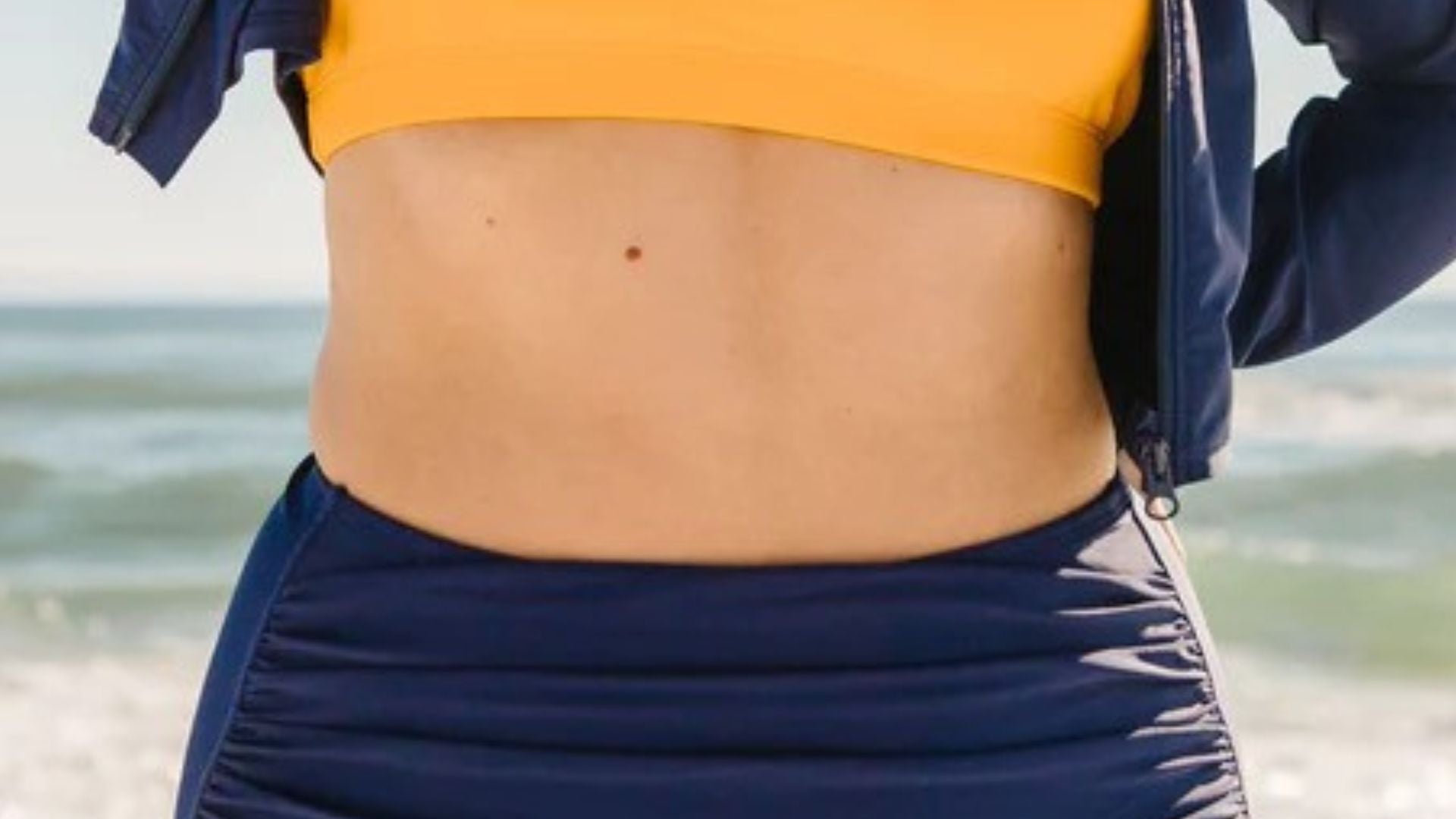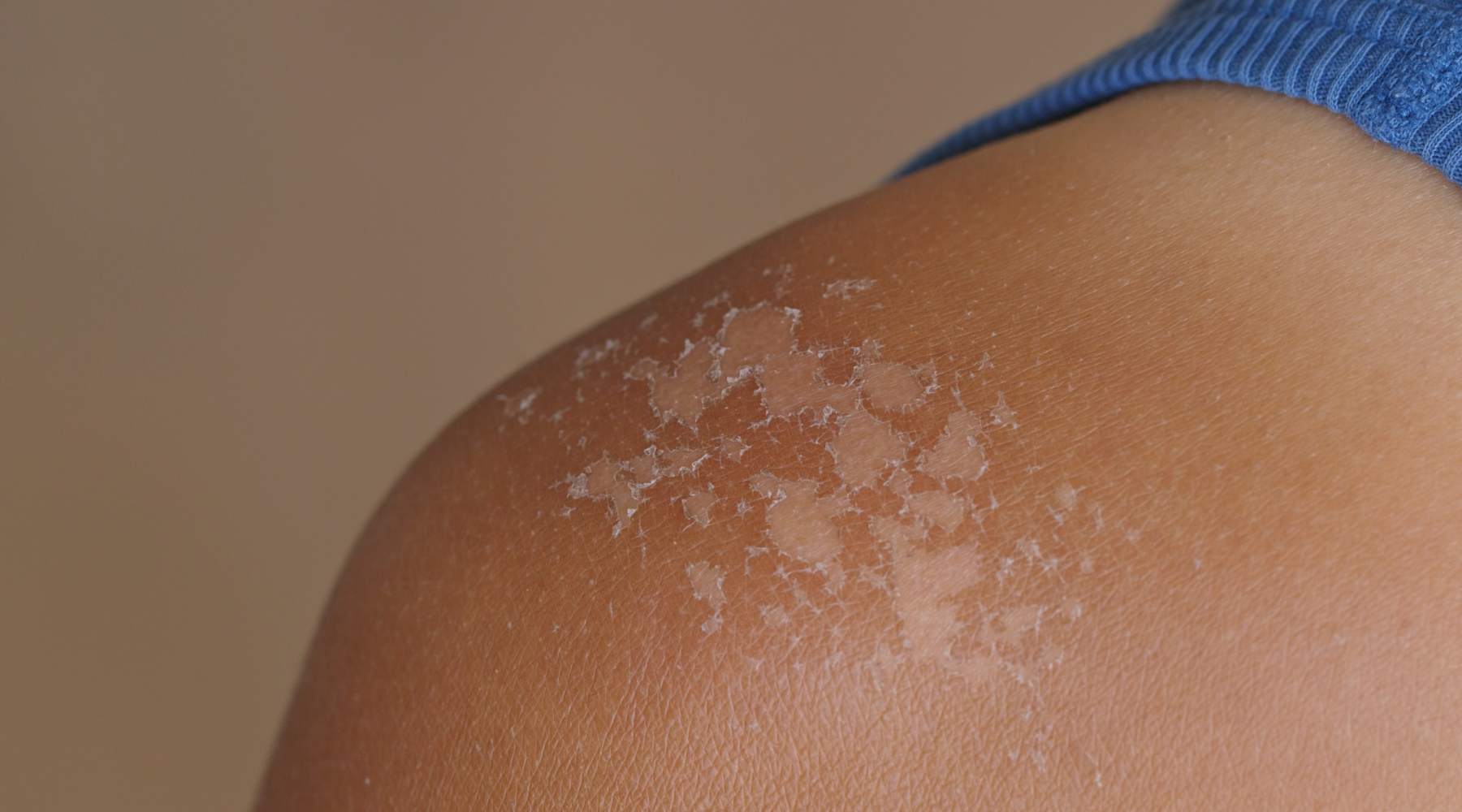
How to shrink bikini bottoms
Bikini bottoms become loose and unflattering over time. But do not throw them away! You can easily shrink your bikini bottom to its original size with a few simple methods.
Keep reading to learn how to restore your bikini bottom’s perfect fit.
Quick links:
How to adjust bikini bottoms without shrinking
Why do swimsuits stretch?
Bikinis and other swimwear can lose form over time. Here's why:
- Chlorinated water weakens fabric fibers, causing swimsuits to sag and stretch.
- Saltwater breaks down swimwear fibers, distorting shape and reducing elasticity.
- Sunlight degrades swimsuit material. UV rays lead to a loss of shape and stretch.
- Body soil accumulates on swimsuit fabric. Sweat, sunscreen, and skin oils break down fibers and cause stretching.
- Body type and shape affect how quickly swimsuits stretch out.
- Harsh detergents, rough wringing, and dryer heat stretch delicate fibers and elastic in swimsuits.
A well-worn bikini will eventually stretch. With the following methods, you can return your bikini bottoms to their former glory.
The boiling water method
Boiling water shrinks stretched-out bikini bottoms. Heat contracts and tightens fabric fibers. This technique works best for swimsuits made from synthetic materials such as nylon or spandex.
Here’s how to tighten your bikini bottom with boiling water:
- Fill a pot with clean water and bring it to a boil. You can also add a cup of table salt, as salt shrinks the swimsuit fibers.
- Remove the pot of water from heat once it reaches a rolling boil.
- Submerge your bikini bottoms in the hot water carefully.
- Soak it for 5–10 minutes, depending on desired shrinkage.
- Remove the bottoms from the water using a pair of tongs or a wooden spoon. Be cautious, as the swimsuit will be hot.
- Squeeze out excess water gently. Avoid wringing or twisting to prevent damage.
- Place the bikini bottom on a clean towel. Roll the towel with the bottom inside to remove the remaining water.
- Air dry the bikini bottom flat. Keep away from sunlight and heat sources.
Use boiling water sparingly. Frequent exposure to high temperatures weakens delicate swimsuit fabrics.
The hair dryer method
A hair dryer provides gentle, controlled heat. Here’s how to tighten your bikini bottoms with a hair dryer:
- Wash bikini bottoms in lukewarm water with mild laundry detergent. This removes dirt, sunscreen stains, and chlorine residue.
- Gently squeeze water from the bikini bottom. Avoid wringing or twisting to prevent damage.
- Place the bikini bottom on a clean, dry towel. Roll the towel with the swimsuit inside to remove the remaining water.
- Set a hair dryer to medium heat. Hold it about six inches from the bikini bottom.
- Move the hair dryer slowly. Focus on areas that need the most shrinkage. Do not hold the dryer in one spot too long.
- Check the bikini bottom's size and shape periodically by stretching it gently. Stop when you achieve the desired shrinkage.
- Lay the bikini bottom flat to cool and dry. Keep away from direct sunlight and heat sources.
The hair dryer method works best for bikini bottoms made from synthetic materials (nylon, polyester, and spandex/elastane blends).
The iron method
The ironing method uses direct heat to shrink stretched-out bikini bottoms. The heat from the iron contracts the fibers and restores the bottom’s original shape.
Here’s how to tighten your bikini bottom with an iron:
- Wash bikini bottoms in cool water with gentle detergent to remove dirt, sunscreen stains, and chlorine residue.
- Gently squeeze water from bikini bottoms. Do not wring or twist delicate fabrics.
- Place bikini bottoms on an ironing board. Cover with a clean, dry towel to prevent direct contact.
- Use the lowest heat setting.
- Iron bikini bottoms slowly and gently. Focus on areas that need the most shrinkage, such as the waist or hips.
- Check the bikini bottom’s size and shape periodically by gently stretching. Stop when you achieve the desired shrinkage.
- Hang bikini bottoms to dry. Keep away from direct sunlight and heat sources.
The dryer method
Dryer heat causes fibers to contract, restoring the bikini bottom’s original shape and size. Here’s how to tighten your swimsuit with a dryer:
- Wash bikini bottoms in a washing machine using cool water and mild detergent to remove dirt, sunscreen, and chlorine residue.
- After the wash cycle, place bikini bottoms in the clothes dryer with clean, dry towels. Towels absorb moisture and protect swimsuits from heat damage.
- Set the dryer to the lowest setting. High temperatures harm delicate material and fade colors.
- Run the dryer for a short cycle, 5–10 minutes.
- Try on bikini bottoms. If it hasn't shrunk enough, repeat the drying process for another short cycle.
This shrinking method works best for bikini bottoms made of synthetic materials. It is less effective for natural fabrics such as cotton.
How to adjust bikini bottoms without shrinking
Sometimes, you can fix a loose bikini bottom without resorting to heat-shrinking methods. These simple techniques work well for minor fit issues:
- Tie side strings tighter. For bikini bottoms with side ties, adjust the knots for a snugger fit. Double-knot to prevent slipping.
- Add elastic. Sew a thin elastic band along the waistband inside the bikini bottom. This creates a more secure fit without altering the overall size.
- Use safety pins. Gather excess fabric at the sides. Secure with small safety pins on the inside of the bottom. Avoid creating visible bulges.
- Sew darts. Pinch and pin small folds where the bottom is loose. Hand-sew these darts to take in extra fabric. Focus on areas at the sides or back.
- Add ruching. Sew a thin, stretchy string along the center back seam. Pull to create gathers, then tie off. This adds shape and reduces looseness.
Choose high-quality SwimZip swimwear
SwimZip's sun-protective swimwear features durable, quick-drying fabrics made from nylon and spandex, with a polyester lining for comfort and support. Our high-quality swimwear is true to size and resists stretching and shrinking. It also provides long-lasting UPF 50+ sun protection.
From men's swim trunks and women's one-piece bathing suits to kids' sunsuits, sun hats, rash guards, and accessories, we’ve got you covered.
As one of the most trusted UPF 50+ brands, SwimZip is committed to keeping you and your loved ones safe from harmful UV rays.
Swimsuits FAQ
Why are my bikini bottoms baggy?
Bikini bottoms become baggy because of wear and exposure to water, sun, and chemicals. Chlorine and saltwater break down fabric fibers, while UV rays degrade elasticity. Body oils and sunscreen also weaken the material. Frequent use and improper care contribute to stretching and sagging over time.
Do polyester swimsuits shrink in the dryer?
Polyester swimsuits can shrink slightly in the dryer, especially with high-heat settings. As a synthetic fabric, polyester is more resistant to shrinkage than natural fibers. To maintain the shape of your bathing suit, it's best to air dry it flat or use the lowest setting if machine drying is necessary.
Should a bikini be tight or loose?
A bikini should fit snugly without being uncomfortably tight. It should stay in place during movement but not cause bulging or leave marks on your skin. A properly fitting bikini bottom will hug your curves without riding up or sagging.
How can I keep my bikini bottom from being see-through?
To prevent see-through bikini bottoms, choose swimwear made from quality, opaque fabrics. Nylon swimsuits or polyester blends are the best choice. Try darker colors and patterns, which are less likely to become transparent when wet.
For added coverage, opt for lined bottoms or styles with more fabric, such as high-waisted bottoms. Avoid overstretching the material when putting on your swimsuit.
How often should I wash my swimsuit?
Wash your swimsuit after each use. Rinse in cold water to remove chlorine, salt, and body oils. Hand wash with mild detergent every 3–4 wears. This preserves the fabric and elasticity of your favorite swimsuit, whether it's a one-piece swimsuit or a two-piece swimsuit.
Can I alter a swimsuit to fit my body shape better?
You can alter a swimsuit for a better fit with these common methods:
- Adjust the shoulder straps
- Add elastic to loose areas
- Take in the side seams
Alterations create a well-fitting swimsuit that complements your body shape.
How do different fabric types affect swimsuit performance?
Swimsuit performance varies with fabric types. Nylon and polyester offer durability and chlorine resistance. Elastic fabrics (for example, spandex) provide stretch and shape retention. Some materials dry faster or offer UV protection. Choose a swimsuit style that balances your needs for comfort, durability, and functionality in pool water.
What's the best way to care for wet swimsuits?
After swimming, rinse your wet swimsuit in cold water. Gently squeeze out excess water—don't wring. Lay the bathing suit flat to dry, away from direct sunlight. Avoid hanging by the straps, as this stretches the fabric. Proper care extends the life of your perfect swimsuit and maintains its shape.
Further reading
Different types of bikini bottoms explained




Leave a comment
This site is protected by hCaptcha and the hCaptcha Privacy Policy and Terms of Service apply.